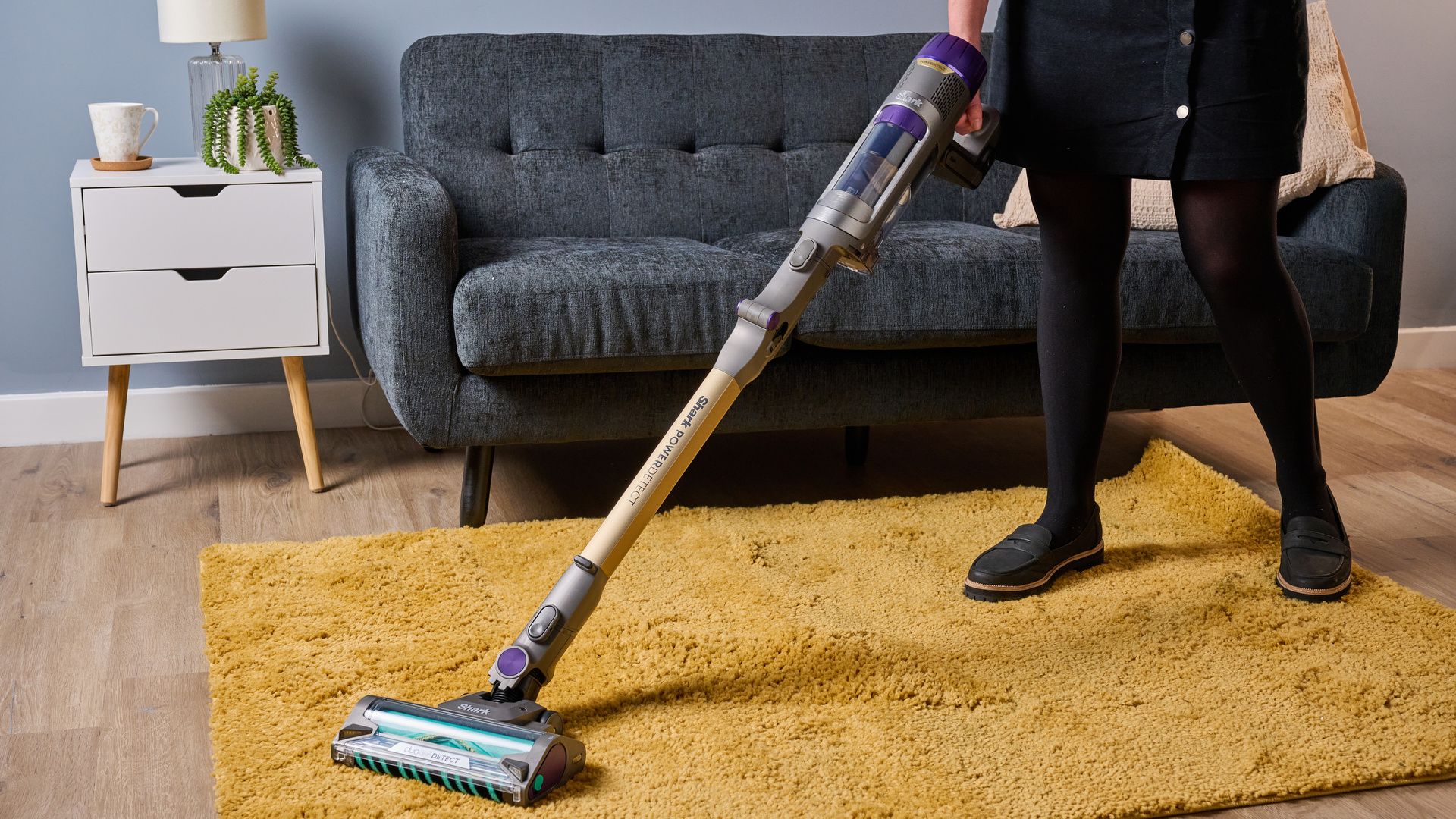Design strategies for optimal dispensing, curing, and bonding for next-generation skin-friendly adhesives in wearable devices.
Medical wearables have evolved far beyond fitness trackers, combining continuous sensing, data transmission, and medication delivery within compact, flexible, skin-contact systems. From ECG and oxygen monitors to biosensors and insulin delivery patches, these devices depend on a critical component for reliable, safe performance: the adhesive that bonds them.
As wearable systems shrink and mechanical complexity increases, engineers face a growing challenge choosing adhesives that provide mechanical strength, biological safety, and process reliability across diverse substrates and sterilisation methods. This article outlines key considerations for selecting and integrating adhesives into medical wearable design and assembly.
Chemistry and Cure: Light-Curable Adhesive Formulations as the Foundation
Light-curable adhesives have become a critical component of modern medical wearable design, providing fast, precise curing without the heat or delays of conventional bonding methods. Their performance depends on three coordinated components: the oligomers, monomers, and photoinitiators, each influencing mechanical strength, biocompatibility, and process efficiency.
The oligomer forms the structural base of an adhesive, establishing its fundamental, mechanical behavior. It defines essential properties like base physical properties and environmental resistance while the monomers adjust the formulation by finetuning the specific key features like adhesion to different substrates, mechanical properties, cure speed, and viscosity modification. The photoinitiator completes the formulation by initiating the curing reaction when exposed to light, determining how quickly the adhesive reacts to the light and to which spectrum(s) it responds (LED and/or broad spectrum).
Together, these chemistries create light-curable adhesives responsive to LED and broad-spectrum light (365–405 nm), enabling rapid, room-temperature bonding of diverse substrates. This precise, low-stress process makes light curable adhesives ideal for assembling and sealing the compact, sensitive components of medical wearables where speed, stability, and biocompatibility are essential.
Integrating Biocompatibility into Adhesive Design
Adhesive selection for medical wearables begins at the concept stage. Early consideration of biocompatibility needs and process requirements ensures that the chosen materials will function safely within the final device environment.
Adhesives in wearable devices must not release cytotoxic, sensitising, or irritating compounds, and they must align with key medical material standards such as ISO 10993-5 (Cytotoxicity), ISO 10993-10 (Sensitisation), ISO 10993-23 (Irritation).
Early integration also allows engineers to optimise surface preparation by using plasma or corona treatment, if needed, to improve wettability or adhesion.
By combining biocompatibility evaluation with design-phase process planning, manufacturers can specify the best adhesive for the device’s electrical, mechanical, and sterilisation performance, ensuring both compliance and reliability in next-generation medical wearables.
Material Diversity and Mechanical Interfaces
Medical wearables can include many different substrates in a single assembly. The disparity in modulus, surface energy, and thermal expansion coefficient across these materials can create stress at bonded interfaces. Adhesives must accommodate these mismatches through a combination of elasticity, cohesive strength, and controlled shrinkage. Successful bonding also depends on substrate optical properties. To ensure complete cure of the adhesive, substrates must transmit UV and visible light. Opaque or light-blocking materials can inhibit polymerisation and compromise bond integrity. In such cases, it’s important to design joint geometries that permit light exposure for reliable cure of the adhesive.
Typical substrates used in medical wearable devices span a wide gamut, including:
- Rigid polymers such as polycarbonate (PC), acrylic (PMMA), and cyclic olefin polymer (COP/COC) for housings and transparent windows.
- Flexible substrates like polyimide (PI), polyamide (PA, nylon 6:6 and nylon 12), PEBA, polyethylene terephthalate (PET), or thermoplastic polyurethane (TPU) for interconnects and skin-contact regions.
- Metals (stainless steel, gold, copper) in electrodes and connectors.

in a wire-tacking application on a printed circuit board found inside a medical wearable device.
Functional Bonding Applications Across Wearables
Every medical wearable device uses adhesives differently depending on its function. Each bonding area may require unique rheology and cure methods, underscoring why one formulation rarely fits all applications within a single device. Engineers must consider all facets of the design process and end-use of the product.
| Application | Purpose | Requirements |
| Electronics Encapsulation | Protect PCBs and sensors from fluids | Low shrinkage, dielectric insulation, moisture barrier |
| Housing Bonding | Join rigid-to-rigid or rigid-to-flexible components | Controlled modulus, optical clarity, and sterilisation stability |
| Electrode Attachment | Mechanically retain and electrically isolate | Flexibility and durability (for vibration and impact resistance) |
| Wire/Flex Tacking | Secure fine-gauge conductors | High fatigue resistance, controlled viscosity |
| Edge Sealing & Reinforcement | Seal against sweat or moisture | Thixotropic flow, chemical resistance |
Table 1. A summary of critical requirements that design engineers look for when specifying bonding solutions for medical wearables.

multiple assembly functions within a CGM design.
Environmental Durability and Reliability Validation
Medical wearables must demonstrate long-term reliability to perform successfully in real world applications. The adhesive within each device must maintain bond strength through sterilisation, storage, and prolonged exposure to body heat, sweat, and humidity that continually challenge both chemical and mechanical integrity.
Each sterilisation method imposes different stresses: ethylene oxide (EtO) demands resistance to absorption and swelling; gamma irradiation challenges crosslink stability, clarity, and flexibility; and autoclave exposure requires tolerance to rapid temperature change and hydrolysis, especially near electronic or polymeric housings. Adhesive formulations must be carefully engineered to maintain bond strength and appearance under these conditions, resisting property shifts that could compromise device integrity or function.
To validate these formulations for clinical use, environmental and mechanical testing simulates the full lifecycle of a wearable device, from sterilisation to sustained wear. Accelerated aging, typically conducted following the Arrhenius equation, provides the mathematical framework to translate high-temperature results back to normal conditions, allowing for multiple years of simulated testing to be completed in a matter of weeks.
High Temperature / High Humidity (HTHH) testing and thermal shock cycling exposes interfacial weaknesses caused by differing coefficients of expansion, while high-humidity and moisture-ingress testing evaluate hydrolytic stability and sealing performance. Dielectric testing ensures continued electrical insulation in encapsulated assemblies, confirming that the adhesive protects sensitive circuitry even under environmental stress. The conditions of these tests are often limited based on the sensitivity of the components or substrates within the device.
Mechanical validation methods, including lap shear and peel testing (ASTM D1002, D1876) quantify adhesion strength before and after reliability testing, verifying that the adhesive maintains integrity throughout the device’s operational life. Adhesives that retain elasticity and cohesive strength under these conditions deliver predictable long-term performance and greater confidence in product reliability.
These results provide more than quality assurance; they yield predictive insights. When integrated into finite element models, test data helps engineers optimise geometry, bond-line thickness, and adhesive placement before production. Ultimately, durability validation ensures each bond remains stable from sterilisation to service and supports the device’s mission of continuous, reliable care.
Process Control and Cure Validation
Even the most advanced adhesive chemistry can fail without precise process control. In medical wearable manufacturing, light-curable systems depend as much on curing parameters as formulation design. Every bond, seal, and encapsulated feature must receive uniform light exposure and complete polymerisation to ensure consistent performance and biocompatibility.
Cure effectiveness depends on several variables. The wavelength and intensity of the light source must deliver sufficient energy for the photoinitiator system of the adhesive. LED-curable adhesives and LED-curing equipment provide distinct advantages over traditional broad spectrum sources, including lower energy consumption, stable output, and longer service life without bulb replacement. Exposure geometry becomes critical in miniaturised or complex assemblies where the line-of-sight may be limited. Substrate transmission (both visible and UV) also affects polymerisation depth: transparent materials can allow complete cure through the bond line, while opaque or reflective substrates may require dual-cure systems that combine light with secondary moisture or heat activation to reach shadowed areas. When UV-blocking substrates are used, visible light (405 nm) curable adhesives can help overcome these challenges.
Oxygen inhibition, which can impede surface cure, can be minimised by inert gas purging, yielding a smooth, tack-free finish.
Validating cure parameters early through mechanical testing and environmental cycling helps ensure that wearable devices assembled on the production line perform as intended in real-world use. Full cure is typically confirmed when key mechanical properties, such as bond strength, elongation, and modulus, no longer increase with additional light intensity, exposure time, or dosage. Maintaining optimised conditions can also limit stress on delicate substrates and preserve alignment in precision components.
Incorporating fluorescent inspection features supports in-line placement confirmation and quality verification, providing the final piece to process control where adhesive formulation and device design intersect.
Reliable and Biocompatible Bonding Solutions
As medical wearables expand into multi-sensor and drug-delivery platforms, their reliability increasingly depends on the engineering of their adhesives. The transition to light-curable, high-performance materials, capable of meeting ISO 10993 biocompatibility standards for cytotoxicity, irritation, and sensitisation, represents a significant advance toward more durable, skin-friendly products.
These chemistries meet stringent regulatory expectations while streamlining manufacturing through rapid light-curing and optical inspection capability. In-line and post-cure verification methods play an equally vital role in maintaining quality and consistency. Technologies such as Dymax UltraRed Fluorescing enable immediate visual confirmation of adhesive placement and coverage. The adhesive fluoresces red under UV or blue light in both cured and uncured states, providing a fast, non-destructive method of in-line process validation. This built-in traceability ensures that every bond is properly dispensed, cured, and inspected before leaving the production floor.
Dymax has been instrumental in advancing light-curable adhesive manufacturing for medical wearables. Developing formulations that deliver strong adhesion, biocompatibility, and long-term reliability across diverse substrates contributes to the success of next-generation devices. As wearable technologies continue to evolve, adhesive innovation will remain the invisible link between engineering precision and patient comfort.

for medical wearable device assembly.
Visit Dymax Europe GmbH at Compamed, Nov 17-20, 2025, Hall 8b / L01.













